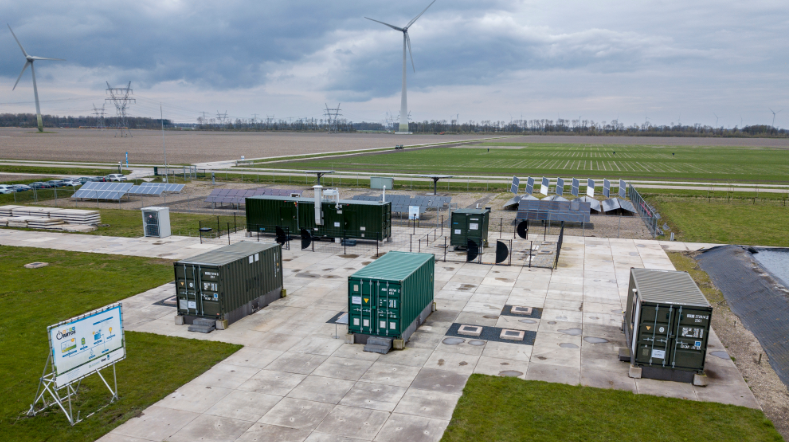
TNO helps study effectiveness of Black Blades with sensors, cameras and radar
TNO, together with power company RWE, the Province of Groningen, and other public and private partners, is extending the ongoing study on the effectiveness of one black rotor blade by placing sensors in and around wind turbines at wind farm Eemshaven.
TNO is using various sensors to study the conditions under which birds fly into a wind turbine with and one without a black blade and the effect the black blade has on bird behaviour. Painting one of the three blades of a wind turbine black could potentially improve the visibility of the blades for birds, making them more likely to avoid them.
The study with the additional sensors will run for a little over a year to monitor different seasons and follows on from the first year in which the potential effects of a black turbine blade have already been examined in other ways.
Sensors in turbine blades
For about a year, sensors and thermal cameras will be installed in two turbines, one with a black blade and one without, using TNO’s so-called WT-Bird® system. The sensors are located inside each blade and use vibrations to record each collision. The cameras serve for verification and species recognition.
The images also map the behaviour of birds near the turbine. With the WT-Bird® systems, TNO aims to gain more insight into the moment in which the bird comes into contact with a blade. The researchers also expect to get a more accurate picture of the number of collisions because the area around the turbines is not always accessible for manual searches.
Microphones will also be added to the WT-bird® system on the unpainted turbine to detect birds acoustically. To map flight behaviour in the vicinity of the turbines, a dedicated 3D bird radar will also be installed. All results will be compared with measurements from the Black Blade study, which has been running since the end of 2021 and whose interim results will be published at the beginning of 2024.
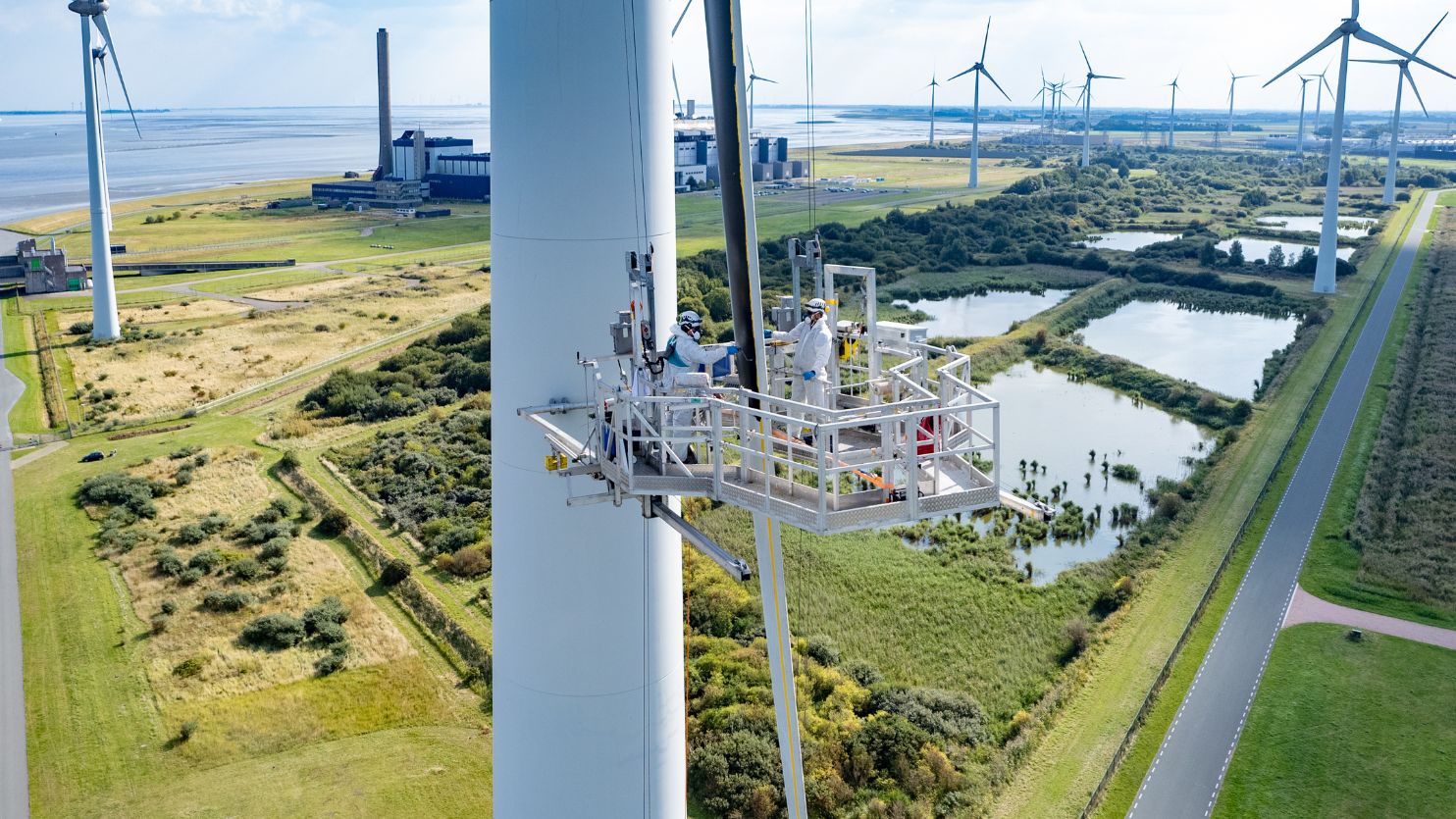
Results of interest for offshore wind turbines
At the end of 2021, the Province of Groningen and power company RWE commissioned research into whether painting one blade of a wind turbine black helps birds fly safely between wind turbines. Previous research in Norway, on the island of Smøla, showed that painting one blade of a wind turbine black results in 70 per cent fewer bird casualties among certain species of birds. It is being studied whether this also applies to the situation in the Netherlands, with different bird species and landscape.
One blade of each of RWE's seven existing turbines in Eemshaven wind farm, with a tip height of 140 metres, has now been painted black. In this study, the number of birds that may have flown into a turbine is counted by hand. This provides limited insight into when and how collision occurred. In addition, there is no insight into any differences in bird behaviour around a turbine with a black blade and a turbine without a black blade.
TNO's new research does aim to collect data on this and to better understand the effectiveness of the black blade. The results of the studies are also important for future offshore wind farms where manual measurement and counting are not possible.
Partners
Installation and monitoring of the systems are done by TNO with support from RWE. Part of the ecological evaluation has been outsourced to Waardenburg Ecology in collaboration with Altenburg & Wymenga. The project is supported by TKI Offshore Energy, Rijkswaterstaat’s ecological research programme on offshore wind energy Wozep, (commissioned by the Ministry of EZK), and the Black Blade project group led by the Province of Groningen.
The Zwarte Wiek study is expected to run until the winter of 2024/25 and is a partnership between private parties in the wind industry (RWE, Vattenfall, StatKraft, Eneco, Pure Energie and Groningen.NL Energy), several public authorities (Ministry of EZK/LNV, Rijkswaterstaat and the provinces of Groningen, Flevoland, Overijssel, Gelderland, Noord-Brabant, Limburg, Zeeland, Zuid-Holland and Noord-Holland) and the nature sector (Vogelbescherming).
Get inspired
TNO and Jungle AI collaborate to detect cyberattack on wind turbine and improve detection capabilities
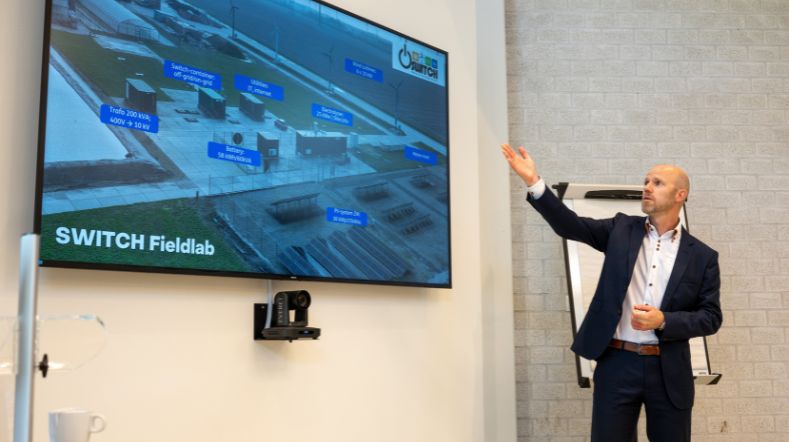

OESTER project to advance offshore electricity storage
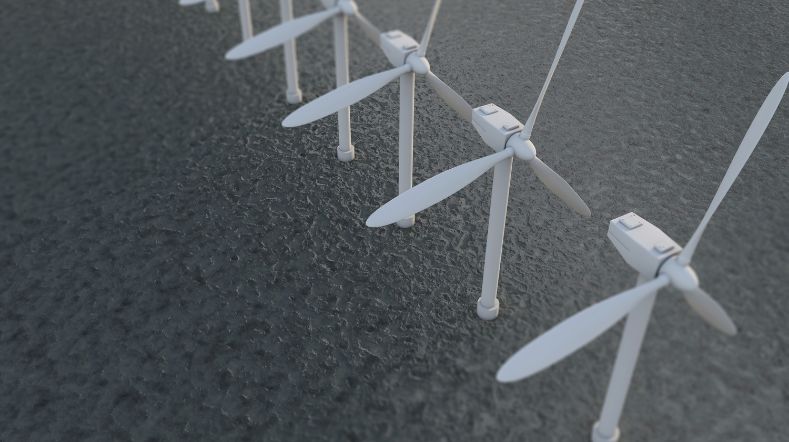

Wind energy webinars

Webinar: System transformation in offshore renewable supply
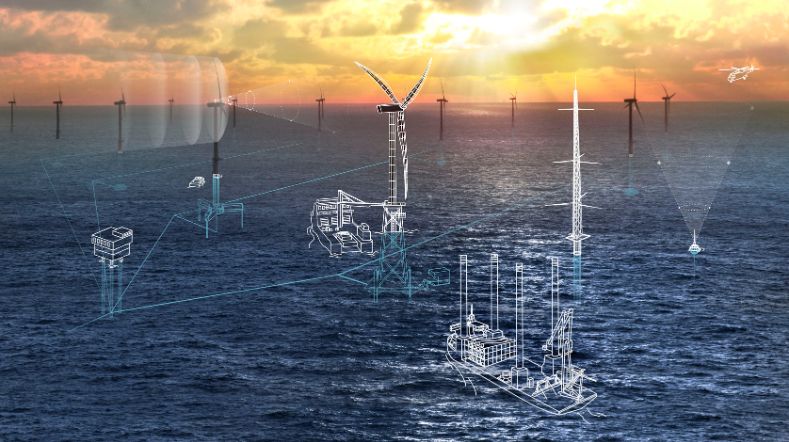

SWITCH tackles the energy issues of the future
